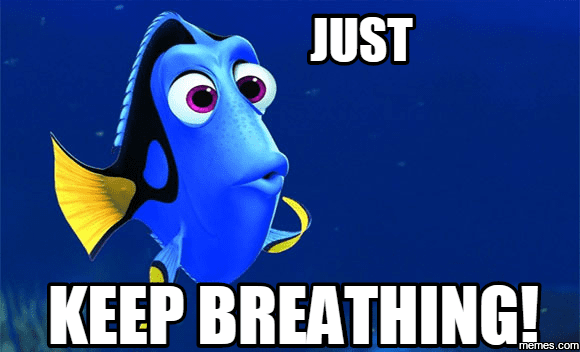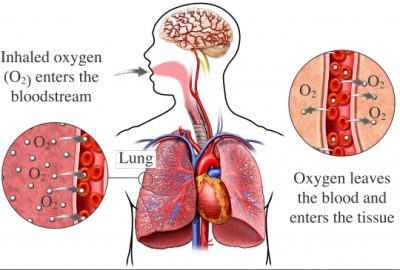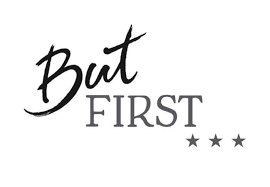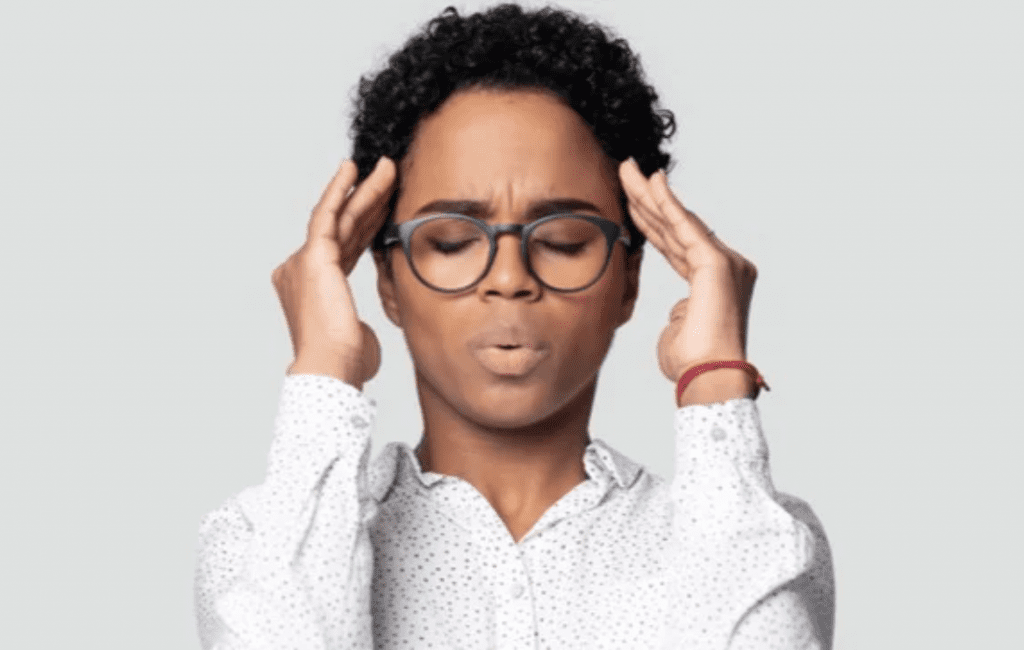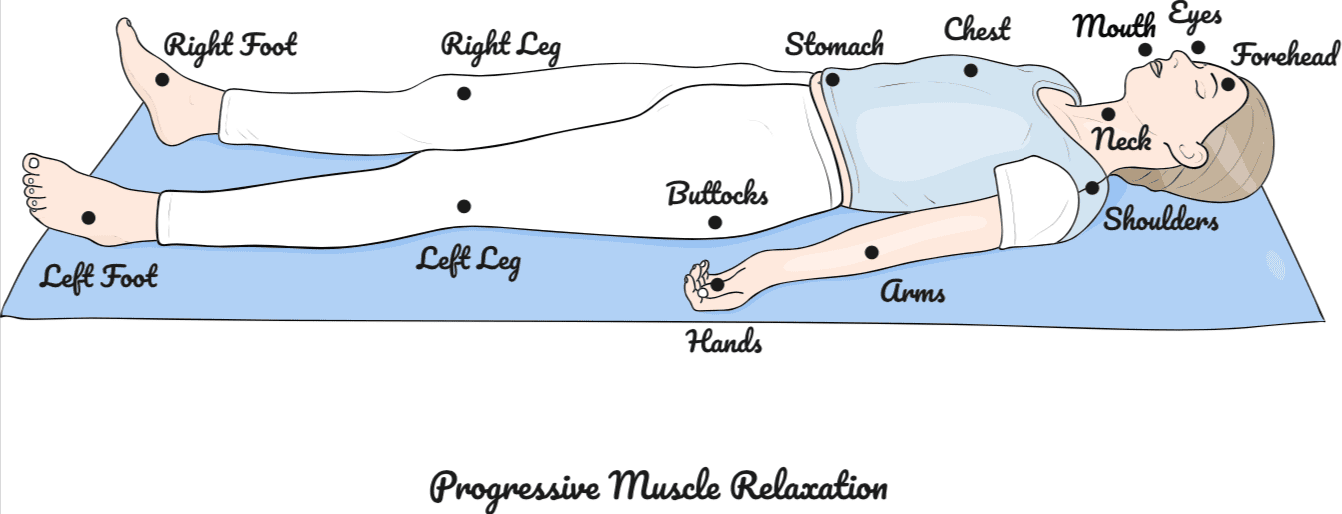Breathing Techniques
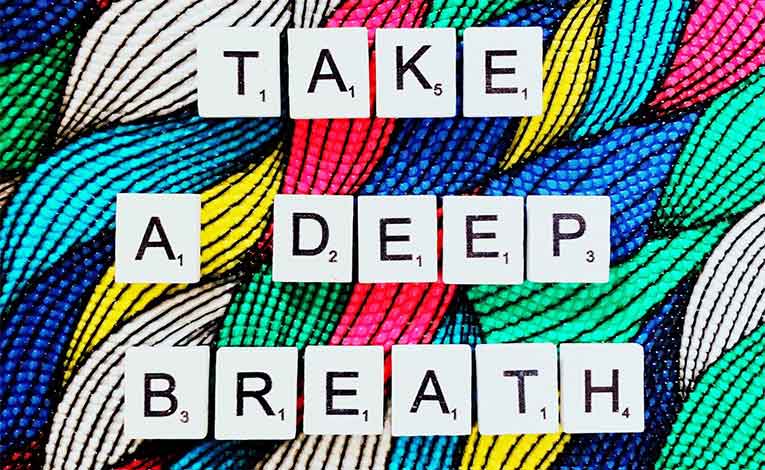
Homework:
Follow the breathing videos and practice the 2 techniques taught in today’s lesson. We will chat about them in our next class.
Teaching:
We all know that breathing is good for us. We know how utterly delicious it is when we sit down at the end of a long, productive day and finally feel like we can exhale. Or when we arrive on vacation, lay down in the warm sand and deeply inhale the fresh ocean air. We correctly associate deep inhales and complete exhales with being relaxed and at ease.
On the other side of the spectrum, we also know how frustrating it feels when we are stressed, angry or sad and can’t seem to get a deep breath in, or full exhale back out.
The way you are breathing at any given moment is a direct expression of what is going on physiologically inside of you. This makes your breath an astute barometer for stress levels. Fortunately, when you notice you’re short of breath, you have the power to affect the state of your nervous system. You can shift how you breathe to make changes–even in situations where formal “practicing” is not possible–such as work meetings or holiday gatherings.
Take a deep breath. Feel the wave of nitrogen, oxygen and carbon dioxide press against the bounds of your ribcage and swell your lungs. Exhale. Repeat.
Before consciously inhaling, you probably weren’t thinking about breathing at all. The respiratory system is somewhat unique to our bodies in that we are both its passenger and driver. We can leave it up to our autonomic nervous system, responsible for unconscious actions like our heartbeat and digestion, or we can seamlessly take over the rhythm of our breath.
To some, this duality offers a tantalizing path into our subconscious minds and physiology. Control breathing, the thinking goes, and perhaps we can nudge other systems within our bodies. This is part of the logic behind Lamaze techniques, the pranayamic breathing practiced in yoga and even everyday wisdom — “just take a deep breath.”
Breathe properly and oxygen levels in the tissues increase and adrenaline floods the body, granting strength that we didn’t know we had.
If you oxygenize the body the way we do it, the oxygen gets into the tissue. [Regular] breathing doesn’t do that. What happens in the brain stem, the brain says, ‘There is no oxygen anymore.’ Then it triggers adrenaline to shoot out throughout the body. Adrenaline is for survival, but this time it is completely controlled … the adrenaline shoots out throughout the body and resets it to the best functionality.”
The purpose of deep breathing is to induce a ‘hypometabolic state,’ where autonomic and mental arousal are minimal. It is a resting, restorative state, a counter anxiety, counter stress response of the body induced by using the breathing that goes with relaxation to trigger a similar muscle response in the body. It’s slowing us down, in other words, to counteract the damaging effects that prolonged stress can have on our bodies — effects that are well known and generally accepted.
Regulated by the autonomic nervous system, inhaling oxygen is an unconscious process. Fortunately it’s an unconscious praxis, otherwise we simply wouldn’t have a break, as we’d have to deal with it incessantly. The amount of oxygen that we inhale through our breathing, influences the amount of energy that is released into our body cells. On a molecular level, this progresses via various chemical and physiological processes. Breathing is the easiest and most instrumental part of the autonomic nervous system to control and navigate. In fact, the way you breathe strongly affects the chemical and physiological activities in your body.
These breathing practices promise a kind of visceral self-knowledge, a more perfect melding of mind and body that expands our self-control to subconscious activities. These may be dubious claims to some.
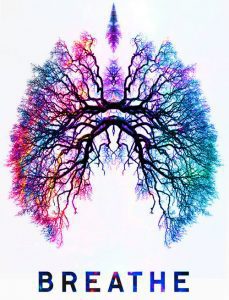
While there are several different types of breathing methods, we will focus on 3 here in ReStart:
-
1. Progressive Muscle Relaxation
-
2. Whim Hoff
-
3. Box Breathing (We will learn this one in a few more sessions)
Let’s learn HOW to breathe for the techniques we will cover.
Pursed lips is the key for exhaling. The pursed lips restrict air flow, which causes you to elongate your exhale. Instructions:
- Relax your neck and shoulders.
- Inhale slowly through the nostrils (keep your mouth closed).
- Exhale through the mouth.When exhaling, pucker your mouth as if giving a kiss or blowing on hot coffee or a bowl of soup.
- While breathing out, keep a slow and steady breath; don’t breathe out hard and fast.
Progressive Muscle Relaxation:
Progressive muscle relaxation (PMR) is a deep relaxation technique that has been effectively used to control stress and anxiety, relieve insomnia, and reduce symptoms of certain types of chronic pain. Progressive muscle relaxation is based upon the simple practice of tensing, or tightening, one muscle group at a time followed by a relaxation phase with release of the tension. Doctors have used progressive muscle relaxation in combination with standard treatments for symptom relief in a number of conditions, including headaches, cancer pain, high blood pressure, and digestive disturbances.
The technique of progressive muscle relaxation was described by Edmund Jacobson in the 1930s and is based upon his premise that mental calmness is a natural result of physical relaxation. Progressive muscle relaxation can be learned by nearly anyone and requires only 10 minutes to 20 minutes per day to practice.
Follow along for 6 minutes of a guided experience:
https://www.youtube.com/watch?v=1nZEdqcGVzo
More sciency version:
https://www.youtube.com/watch?v=ihO02wUzgkc
Kids Version:
https://www.youtube.com/watch?v=cDKyRpW-Yuc
Whim Hoff:
Combined with repeated exposure to the cold, Hof says that his method will lead to tangible health benefits: more energy, lowered stress levels and an improved immune system. For him, it enables seemingly superhuman feats of endurance, brought on, he says, by the physiological changes that his breathing techniques impart.
The first true scientific evaluation of Hof came in 2014, when a team led by Dutch researcher Matthijs Kox tested the immune systems of people who had followed Hof’s training regimen for 10 days. Kox injected participants with an inflammatory agent while they performed the techniques. Compared to a control group, they experienced lower levels of inflammation, and were less affected by the fever and nausea that usually accompanies the injection.
While the researchers still have no solid theory as to why breathing and cold exposure seem to dampen immune activity, they suggest that the release of adrenaline breathing sparks could play a role. The spike in adrenaline was linked to increased levels of an anti-inflammatory protein, and decreased levels of proteins, called cytokines, responsible for signaling the immune system.
*KEEP IN MIND IT’S SEVERAL BREATHS AND YOU WILL NEED TO WORK UP TO THIS, FEEL FREE TO SHORTEN THE NUMBER OF BREATHS COMING IN NEW TO THIS.
While sitting in a comfortable place, take 30 quick, deep breaths, inhaling through your nose and exhaling through your mouth. Then, take a deep breath and exhale; hold until you need to breathe in. Inhale again, as deep as you can, and hold it for 10 seconds. Repeat as many times as you like.
https://www.youtube.com/watch?time_continue=5&v=tybOi4hjZFQ&feature=emb_logo
Here attached are a few others you might like to try. There’s no wrong one or better one. Whatever works for YOU, is wonderful! Furthermore, we’ve attached some Guided Imagery exercises for using in stressful situations as well as at bedtime:
Calm Down Breathing
Relaxation Exercises for Adolescents and Adults
Furthered Learning Articles On Today’s Topic:
https://www.stress.org/take-a-deep-breath
https://kidshealth.org/en/parents/stress.html
